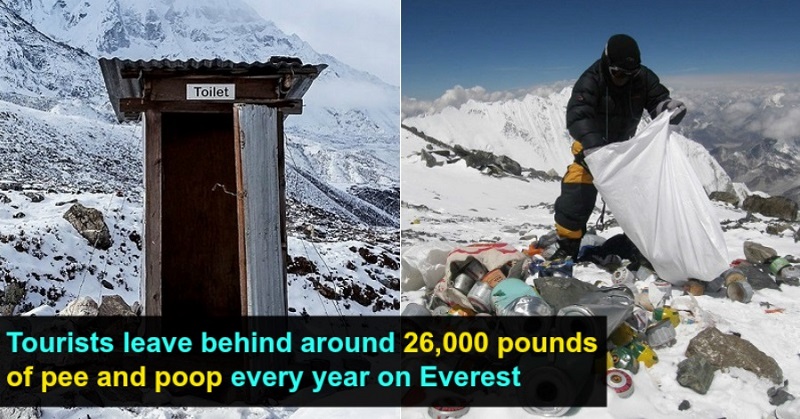
At 29,029 feet (8,848 metres) above sea level, Mount Everest is the world’s highest peak. Located on the northern edge of the Sagarmatha National Park in Nepal, Mount Everest is part of the Himalaya mountain range that stretches 1500 miles (2400 kms) straddling India, Bhutan, Nepal, China, Pakistan and Afghanistan. It was in 1953 when Sir Edmund Hillary and Tenzing Norgay conquered the Everest, a feat never before achieved by mankind. However, Everest today faces the threat of extreme pollution and contamination.
Mount Everest is a high-altitude garbage dump
When we think about Mount Everest, the image that comes to our minds is that of a Majestic peak with pristine and clean environment all around. Well, if this is what you imagined about Mount Everest, you are grossly wrong in your imagination. Today Mount Everest is turning into a high-altitude garbage dump. Shocking but true! In the last 65 years, few thousands climbers have achieved the feat of reaching the top, while many more have attempted the same. The amount of rubbish being left on Mount Everest is outrageously appalling as an increasing number of big spending climbers pay very little attention to the trash they leave behind on the mountain.
ADVERTISEMENT
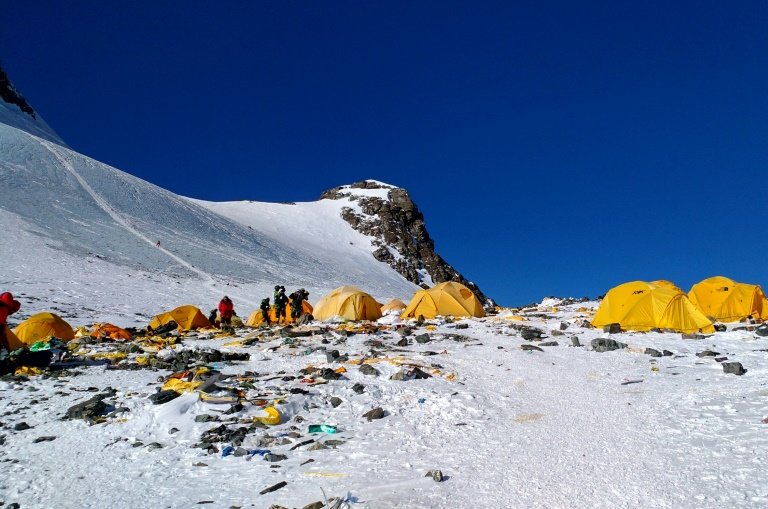
The route to the peak goes through garbage
Years and decades of commercial mountaineering has slowly turned Mount Everest and the area around it into one big pile of refuse. Tonnes of discarded equipment like tents, climbing gears, empty oxygen cylinders, used cans and bottles are now littered across the route to reach the peak. Human waste is another major pollutant which is contributing to the woes. The pollution caused by human waste has now reached critical levels that threatens to spread disease on the world’s highest peak, inviting a warning from Ang Tshering, President of the Nepal Mountaineering Association.
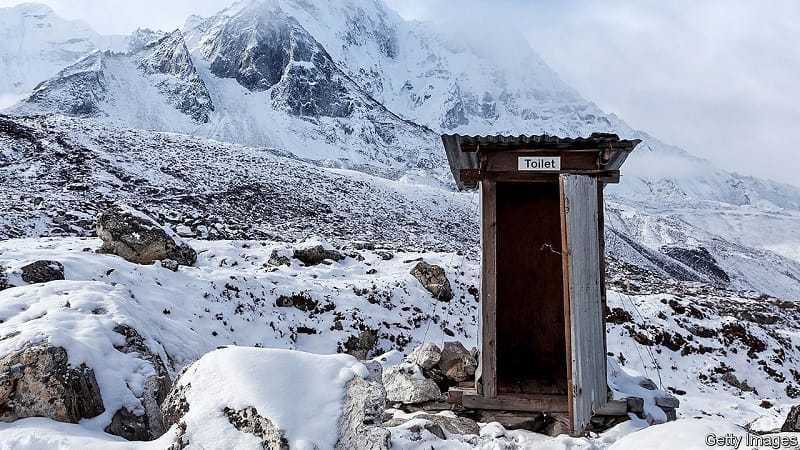
The worst of the waste and garbage is located at Camp Two, which is at the height of 6,400 metres (21000 feet) above sea level. Pemba Dorje Sherpa, who has summited Everest a stunning 18 times, told AFP “it is disgusting, an eyesore….the mountain is carrying tonnes of waste”.
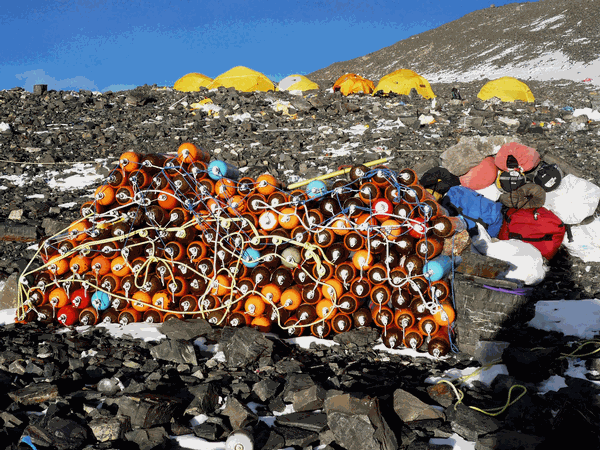
Around 26,500 pounds of human poop is dumped every year
Melting glaciers due to global warming are now exposing the trash accumulated on the mountain, transforming the once unspoiled peak into a filthy junkyard. In 2013 mountaineer Mark Jenkins wrote an article in the National Geographic on Everest, where he said:
“The two standard routes, the Northeast Ridge and the Southeast Ridge, are not only dangerously crowded but also disgustingly polluted, with garbage leaking out of the glaciers and pyramids of human excrement befouling the high camps”.
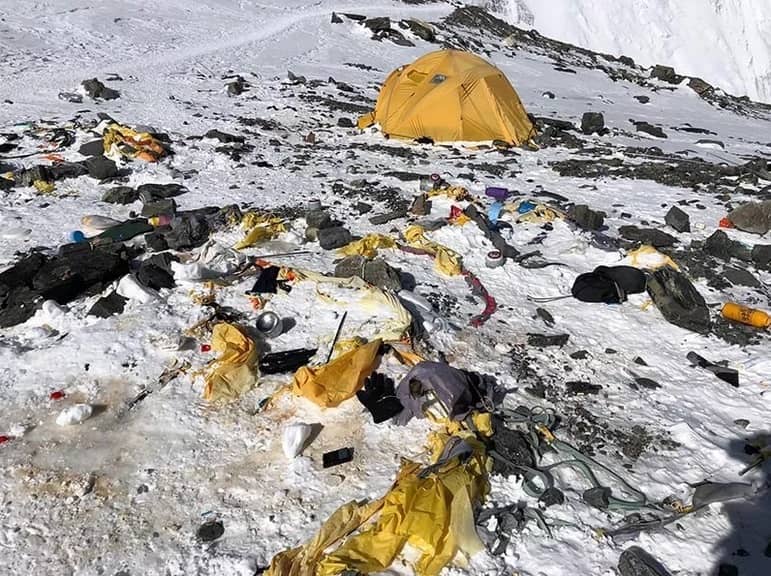
It is estimated that every year as much as 26,500 pounds of human excrement is dumped on the mountain. Ang Tshering told the Associated Press that
ADVERTISEMENT
“Climbers usually dig holes in the snow for their toilet use and leave the human waste there….for years now waste has been piling up at the four camps where climbers spend weeks to acclimatize to the high altitude without the access to toilets”.
There is serious concern amongst the environmentalists that the pollution on Everest is now also affecting the water sources down the valley. US engineer Garry Porter is considering installing a biogas plant at the base camp to convert human excrement into useful fertilizer.
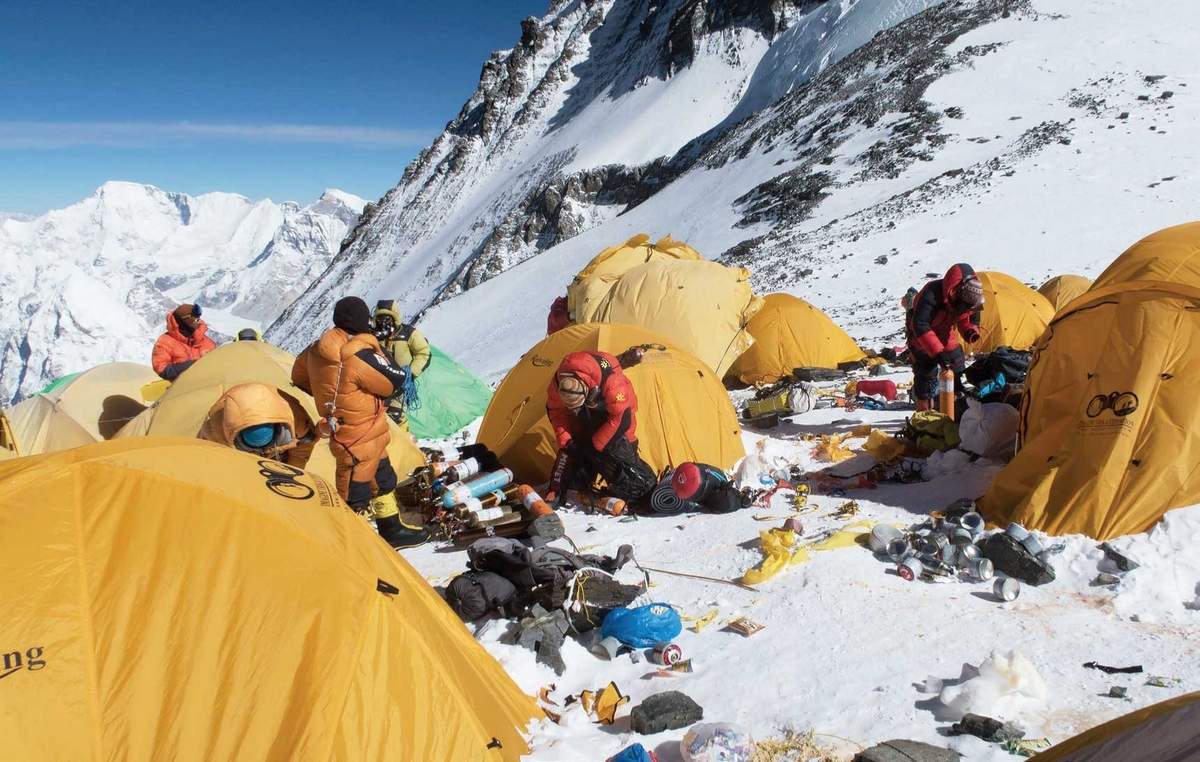
Being poor, Nepal cannot enforce rules to protect Everest
In last 2 years Everest industry has boomed. The overcrowding has led to more inexperienced mountaineers are being drawn by low-cost expedition operators desperate for customers.
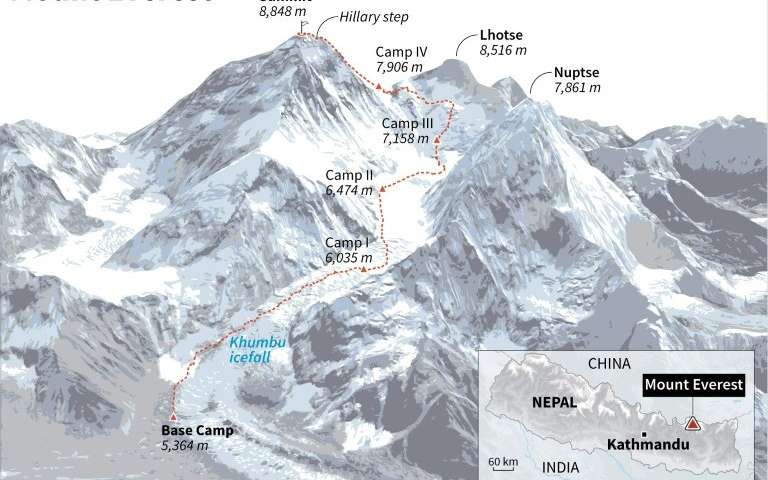
Some possible solutions to control the dumps
Steps have been taken by the Nepal government to curb the pollution at Everest. Government has implemented a $4,000 USD rubbish deposit per team before they ascend the mountain. It is then required by each climber to bring down eight kilograms of waste while descending the mountain or else the deposit is forfeited. On the Tibet side the climbers are required to bring the same amount down and are fined $100 per kilogram if they don’t. However, many climbers do not mind the deposit getting forfeited as it’s a petty sum compared to $20,000 – $70,000 USD they would have paid for the experience.
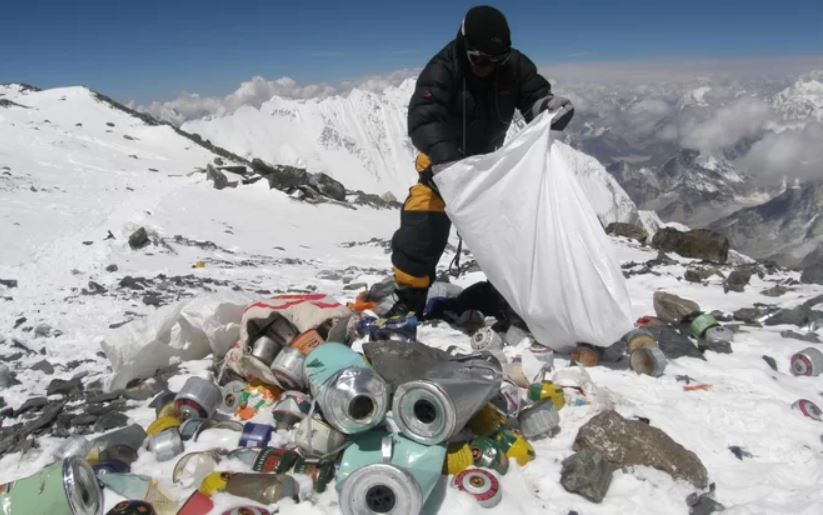
Another solution as per Ang Tshering, is to form a dedicated waste collection team.
The Sagarmatha Pollution Control Committee(SPCC) has been involved in keeping Everest clean for the last 25 years and have brought down 25 tonnes of garbage and 15 tonnes of human waste down. China has now closed the base camp on its side of Everest for those visitors who do not have the permit to climb the peak.
However the rules are not being strictly enforced which makes the task more difficult. Some officials take bribes and turn a blind eye. It is estimated that there might be as much as 10 tonnes of waste still on the Everest and this figure is only expected to grow.
ADVERTISEMENT

Unless there is a concerted and honest effort from all to keep Everest clean, the natural beauty of this imposing mountain would endure tragic consequences.
ADVERTISEMENT











